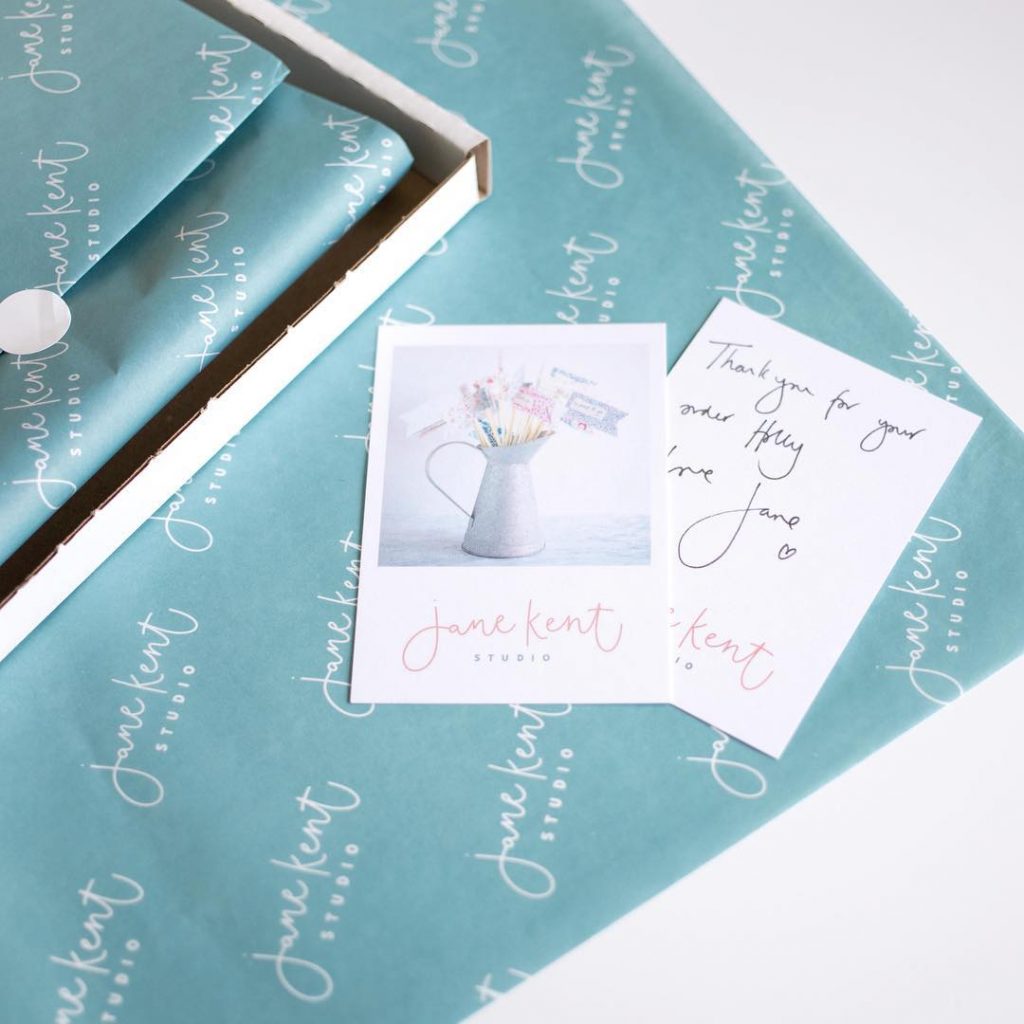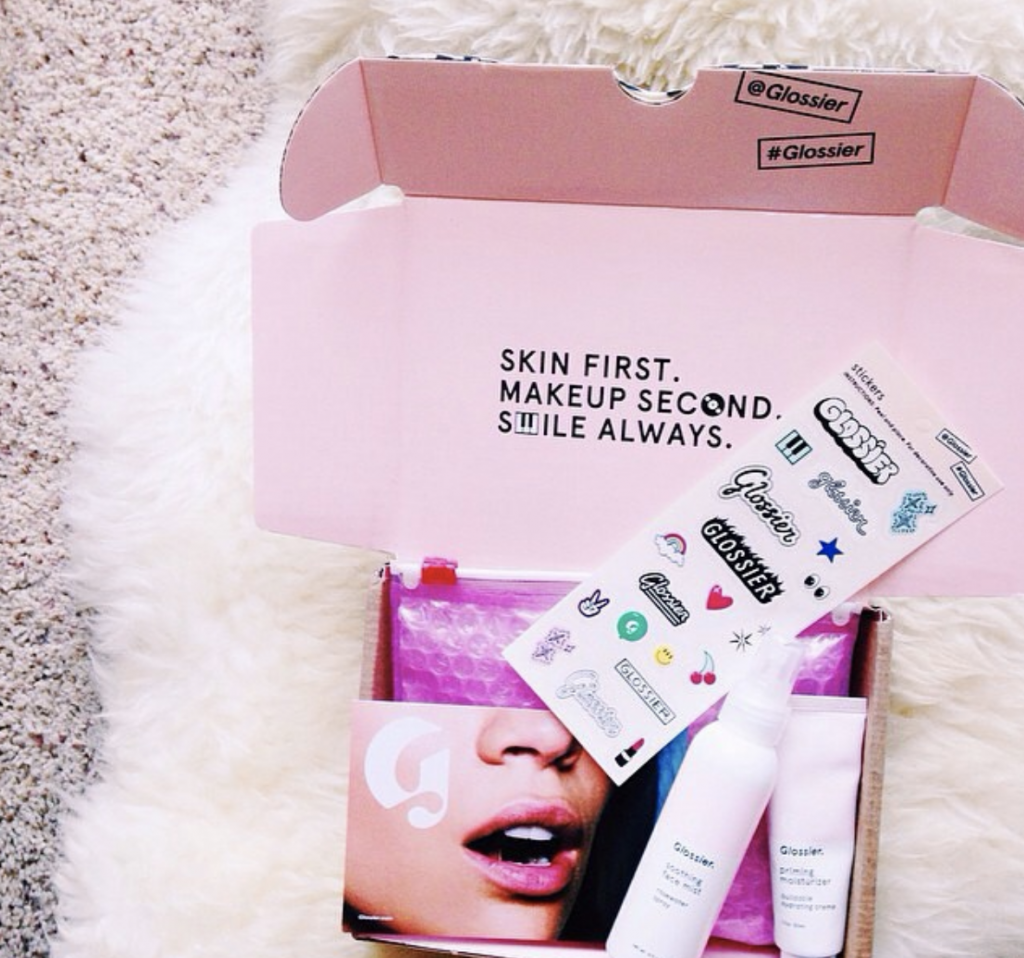Every business, no matter what they sell, is preoccupied with the same question: How do I attract customers?
Obviously, no business can thrive unless they can convert curious onlookers into buyers. But the question of how to retain existing customers is no less important to a brand’s success. But the vast majority of marketing spend revolves around that initial acquisition, rather than how brands can benefit from those customers in the long term.
So, how do you turn first-time customers into repeat buyers? By providing positive customer interactions that they want to experience again and again.
This is where post-purchase marketing can make all the difference to the strength of your retainment strategy.
What is post-purchase marketing?
The decision of a consumer to purchase something doesn’t happen spontaneously. There is a series of steps that we all go through once we have recognized a need and are looking for ways to fulfil it.
This process usually isn’t something we are consciously aware of – it’s simply the way our brain works when faced with a plethora of choices.
Of course, not every consumer who checks out a brand’s offerings is going to end up purchasing from them. You will start out with a large number of potential customers, but this slowly drops off as people move further along their buying journey.
In the end, those that do purchase will be a fraction of the leads you started out with. This is why marketers refer to this concept as the ‘marketing funnel’:

However, this model has one key flaw.
It doesn’t cover any interaction with customers after a purchase.
If you simply wave them goodbye once a transaction has taken place, you’re not maximizing the value of each interaction.
It’s how you treat your customers after you have converted them that shows the true value of supporting your brand. This is known as ‘post-purchase’ marketing – a series of strategies that businesses can use to build ongoing engagement and loyalty in their customers.
Why does post-purchase marketing matter?
Leveraging the Delay in Delivery
For eCommerce businesses, post-purchase marketing has a special significance. The act of purchasing online can sometimes feel very detached. Rather than walking out of a store with a shopping bag swinging from your arm, you have to wait days until the item arrives on your doorstep.
Usually, we see this as an inconvenience. But we lag between paying for and receiving an order opens up some brilliant post-purchase marketing opportunities for brands. You can leverage your customers’ anticipation and excitement of their purchase in your favour – and engage them when they are at their most impressionable.
Retaining Customers
When it comes to building brand loyalty, post-purchase marketing is a vital part of your business’s strategy. While you might have dozens of new customers passing through your site each day, it’s actually returning customers who are the most valuable – 80% of the average business’s revenue comes from 20% of its most loyal customers!
However, retaining customers requires a different marketing approach than acquiring them in the first instance. You have already introduced your brand, and provided points of difference that are compelling enough to create a purchase.
To foster lasting brand loyalty, you need to drive home how your customer stands to benefit by sticking with you. Post-purchase marketing helps you to influence how your customer thinks, and most importantly, how they feel about their purchase and their relationship with your brand.
It’s also a much better use of your marketing spend. According to Invespcro, acquiring new customers can cost you up to five times more than retaining existing ones!
This is especially vital in the case of subscription-based companies, whose profit comes from consumers choosing to renew month after month. But without a steady customer base, it’s hard for any brand to thrive long term.
Building Brand Recognition
It’s no secret that eCommerce is a deeply saturated market. It’s challenging not only for small businesses to stand out but to maintain relationships with customers.
With so many like-minded brands out there, it’s increasingly hard to retain information about brands we might only have purchased from once or twice. This is particularly the case for branded retailers, whose products might also be sold by competing brands.
It’s not surprising that according to Forbes, between 60% – 80% don’t return to the same brands, even if the experience was ‘satisfactory’. No business can make the assumption that an acquired customer will simply return on a whim – our cluttered marketplace makes it easy for them to be taken in by another brand!
Putting in the effort to create branded post-purchase communications helps to reinforce your brand identity and story, which makes you far more memorable as a retailer!
1. Customer loyalty programs
Loyalty programs give your customers a powerful incentive to stay with your brand, especially in more competitive sectors such as lifestyle and beauty. They both reward long-term customers for their support and incentivize new customers to become repeat buyers. In fact, 69% of consumers say that the presence of loyalty programs influences their purchasing decisions.
But while loyalty programs can be a massive boon to businesses, they will only aid your post-purchase marketing efforts if they are worthwhile for your customers. If you design your program around giving your business the biggest return possible, it’s unlikely to garner much engagement.
Offer rewards for more than just buying products. According to Inc, US consumers belong to 14 different loyalty programs on average, but engage with just 6.7 of them. Usually, it’s because programs make it too difficult to earn great rewards in a reasonable time period. Instead, consider offering loyalty points for following your social media channels or joining your mailing list. This helps to increase their contact with your brand.
Offer special deals to earn more points. Having one-off double or triple point specials creates that nice bit of time pressure to drive sales and maximize spending. This is a great way to re-engage your existing customers and tempt them into another purchase!
Keep it simple. Keeping things straightforward, with one point for every dollar spent, makes it much easier for customers to track their loyalty status (and dream of what they can redeem points on!) If a system is too convoluted, it’s nowhere near as appealing to participate in.
2. Crafting a Unique Unboxing Experience
When post-purchase marketing strategies are discussed, packaging rarely gets a mention. Why? Because packaging is viewed as a necessity, rather than something special.
But in the current era of social commerce, a memorable unboxing can be a serious value-added extra – if you make the experience worth sharing.
Name any highly successful brand, and it’s unlikely they got there simply by ‘satisfying’ customers – they did it by turning them into advocates of their brand.
This is critical in today’s market. As consumers, we tend to be mistrustful of what a brand says about themselves – we trust the opinions of people they know. In fact, we are a whopping 90% more likely to buy from a brand recommended by a friend!
The power of social media has turned word of mouth marketing into a powerful strategy. Premium packaging such as custom-branded tissue paper or stickers might seem like a frivolous investment, but it’s a bigger post-purchase boost than you might think. According to Dotcom Distribution, almost 40% of consumers have shared an unboxing picture or video on social media.
Why? Because people love sharing moments and experiences that are special to them. When a brand has put effort into the customer experience and how their products are displayed, customers know that they are being treated as individuals who are highly valued.
Here is a brilliant example by cosmetics brand Glossier, who have become well-known for their characteristic branding. They package their goods in custom-printed boxes in their signature pink, with social media handles to encourage interaction post-purchase. They also throw in some fun branded stickers, which boosts the value of the purchase in the eyes of customers.
It’s these kinds of interactions that greatly increase the odds of a customer returning to shop with you. Remember: the moment of delivery will be your customer’s final impression of your brand. So, you want to make it count!
3. Post-purchase Email Flows
Email marketing is one of the best tools available to eCommerce brands, but it has more applications than generic promotions. When a customer has made a purchase, triggered email follow-ups are a great way to show that you are still invested in creating a positive brand experience.
Branded communications like email are a fantastic canvas for you to customize as you want. You can include social media links, blog posts, product guides – anything which encourages your customers to dig deeper into your brand story. You can also consider adding in a coupon to encourage further purchases.
When consumers are awaiting their purchase, you want to stay at the forefront of their thoughts. That immediate post-purchase period is your best opportunity to solidify your relationship with them. Sending a thank-you email immediately following the purchase, and a follow-up to confirm shipping, really helps to build anticipation in your customer.
Best of all, post-purchase emails have some of the highest open rates out of any email communications – 42%, compared with just 16% of regular email communications!
Post-purchase marketing means some extra effort on behalf of businesses, but it makes a world of difference to brand perception. When customers encounter brands whose experience is high-value, they will make the effort to return. Whether it’s through attractively-packaged goods or a valuable loyalty program, offering these perks as a part of your brand identity will help you to secure long term support from your customers.


